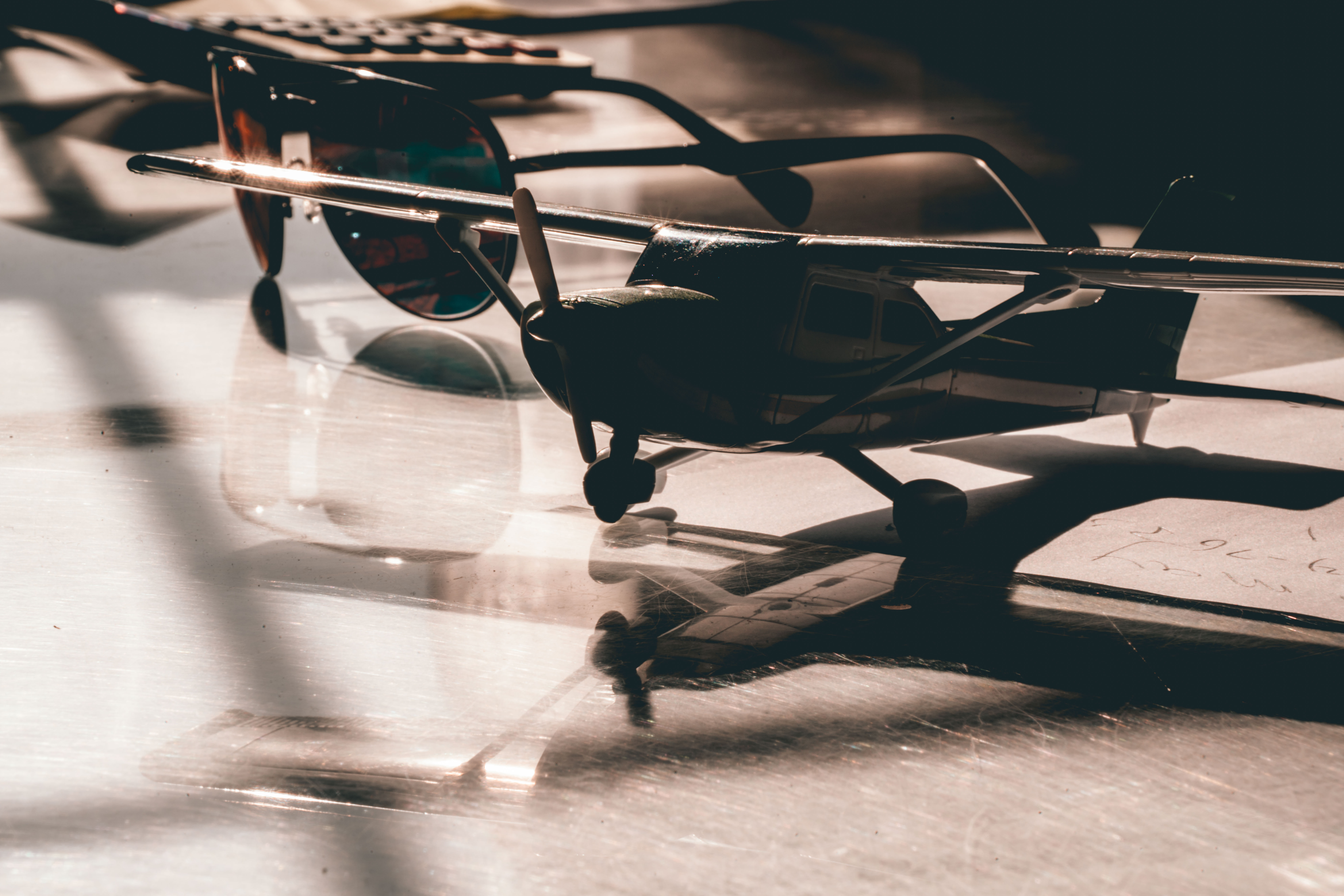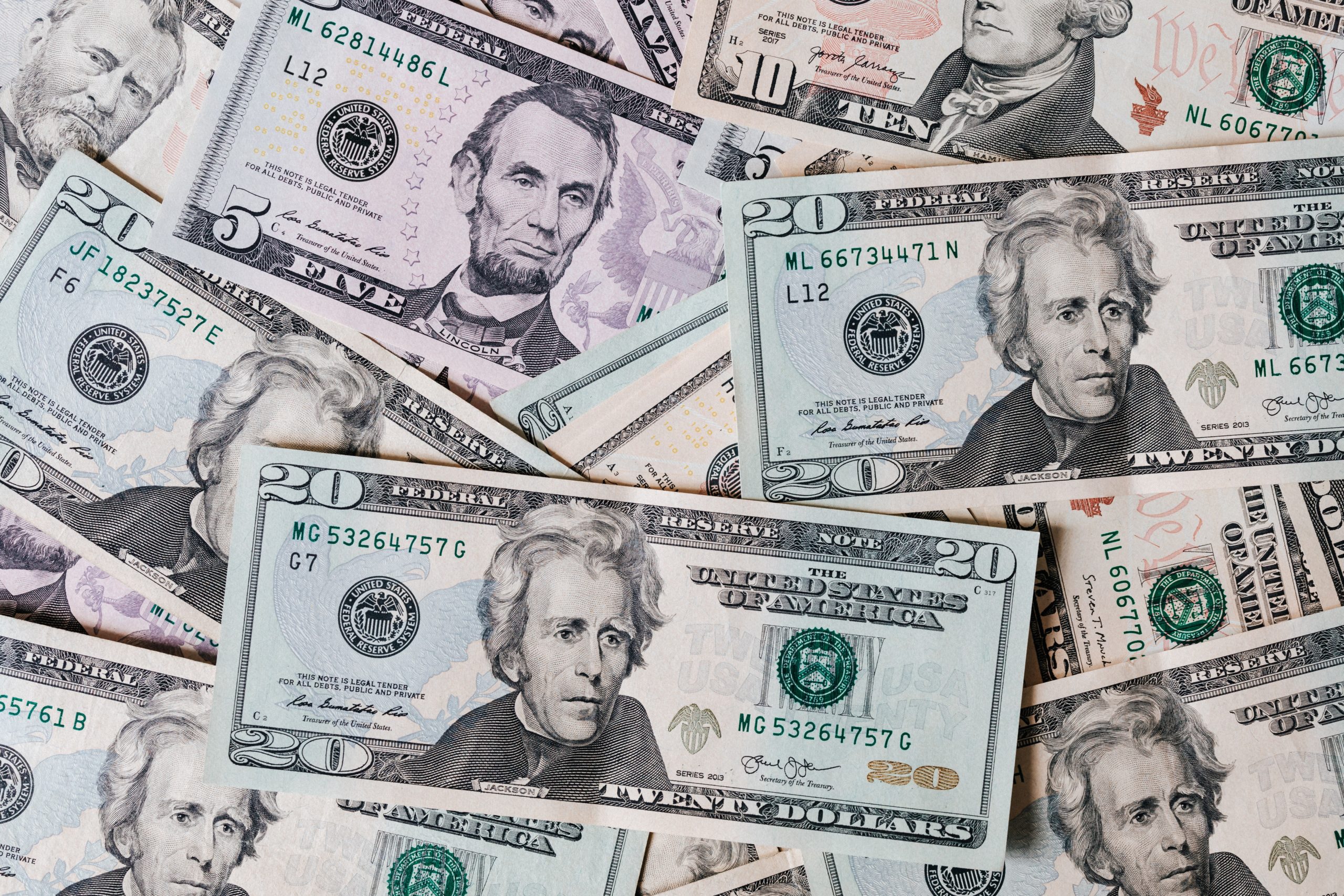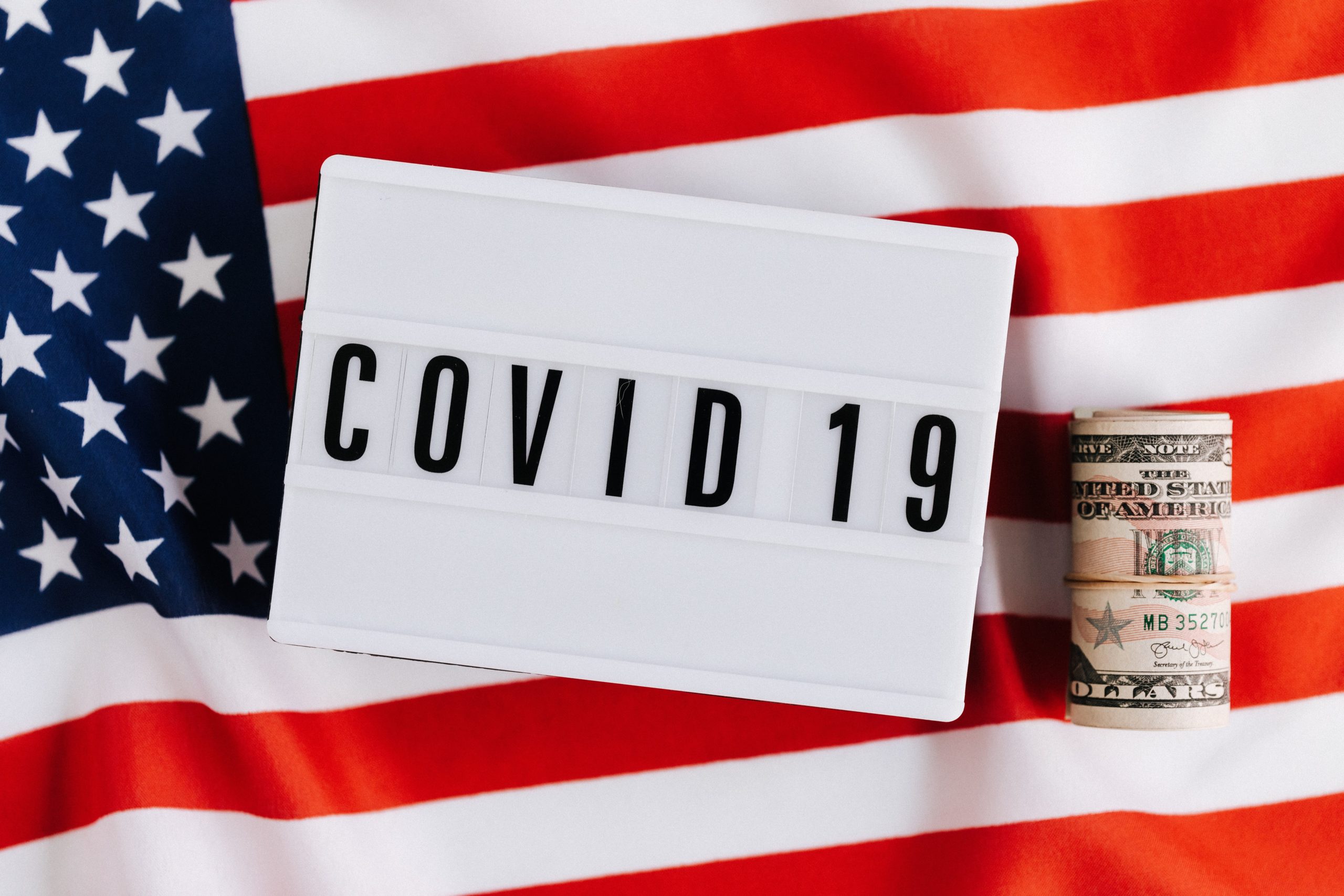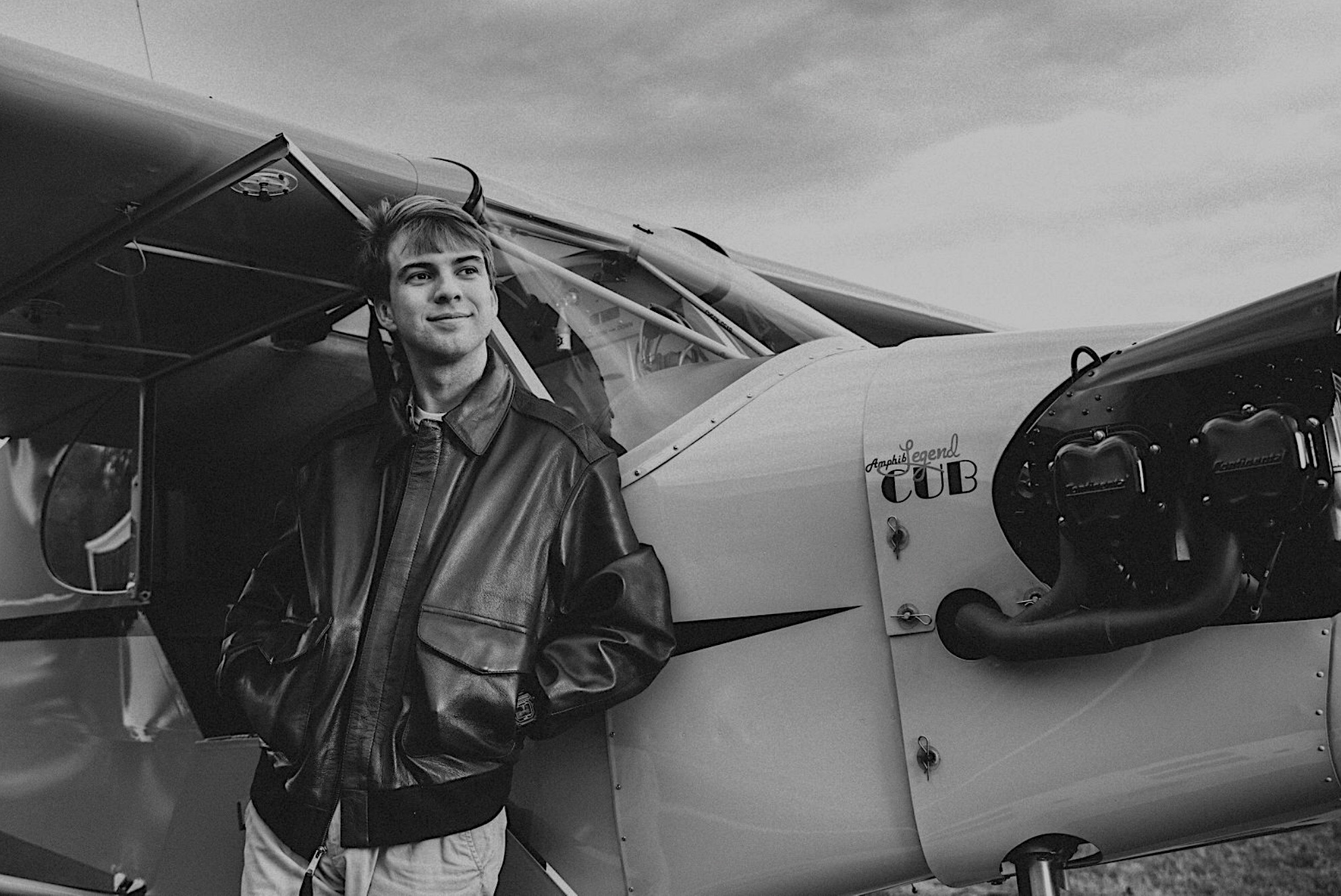
Everyone wants to be a pilot. However, it is exceptionally more difficult to actually go and do it. The barriers to entry into the aviation field are incredibly high and today we are going to talk about the tallest one: flight school cost.
Flight School Costs
How much flight school costs depends on the rating sought, your location, and how actively you pursue your license. The minimum number required by the FAA to take the checkride for your private pilot license is 40 hours of flight training. However, even if your dad was Charles Lindbergh, it will likely take you over the minimum of 40 hours to be ready for the checkride. The national average is about 60-75 hours.
Flight instruction alone is not the only cost to be thinking about. Flight school costs include many other aspects which end up nickel and diming their way into a serious investment. Below is a graph of estimated costs to get your flight training done per national averages:
| Third Class Medical | $125 |
| Ground School | $400 |
| 60 hours of Airplane Rental ($150/ hour) | $9,000 |
| 55 hours of Instruction ($55/ hour) | $3,025 |
| FAA Knowledge Test Fee | $150 |
| FAA Checkride Examiners Fee | $800 |
| Miscellaneous Fees (headsets, flight bags, charts, ForeFlight, etc…) | $450 |
| Estimated Total | $13,950 |

An important note to all of these fees is that they are subject to change based on your location and the amount of time spent. The more disciplined you take flight training, the less review time is required which in turn can save you serious money in the long run. On average you can expect to spend about $10,000-$16,000 for your private pilot’s license.
Why Does Flight School Cost So Much Right Now?
Pilot Shortage
If you’ve kept up with trends in aviation since 9/11 you are likely well aware of one of the tallest hurdles facing the industry: the pilot shortage.
The pilot shortage refers to the steady demand for air travel while more and more baby boomer pilots reach mandatory retirement age without enough younger pilots to fill their spots. Now you are probably asking yourself… “What does Delta not being able to find a pilot to fly from Atlanta to Bakersfield has to do with the price of me flying a beater Cessna?”
How That Trickles Down to Students
Well, the trickle-down effect of the pilot shortage is that CFIs are being picked off of flight schools as soon as they hit their 1,500 minimum hour requirement to qualify for the airlines. This can negatively impact flight schools and students because often an instructor may not finish a student they start with.
Keep in mind, each time you get a new instructor there is a “refresh” period to assess your learning style and progress. It can be anywhere from 1-5 hours. Do this math five times and you get the picture of how a labor shortage can ultimately make you pay more.
The goal is to find an instructor who doesn’t have dreams of flying a 737. Try and find someone who will commit to being your instructor throughout your entire journey to the PPL.
Gas/Maintenance Costs
Another direct influence on the cost of flight training is the cost of AVGas and maintenance in your location. An increase in the price of 100 low-lead leads to an increase in the “wet” aircraft rental rate. Lately, gas inflation and attacks on leaded fuels have only worsened this problem.
Pandemic Demand
When you think back to the news you saw about aviation during the COVID-19 pandemic, the first images that probably pop into your mind are of empty commercial planes lined up on runways. While this may have been true for commercial aviation, general aviation experienced just the opposite.
 General aviation, and flight schools, in particular, experienced a boom during the pandemic. Much like other hobbies and luxury goods (bikes, boats, etc.), the demand for flight instruction increased as people suddenly had more free time and saved up cash to spend. AOPA President Mark Baker accurately described the roaring state of general aviation during the pandemic: “there were more 172s in the air than 737s!”. For the flight schools who kept their doors open during the pandemic, they reaped the benefits and as demand increased, so did prices.
General aviation, and flight schools, in particular, experienced a boom during the pandemic. Much like other hobbies and luxury goods (bikes, boats, etc.), the demand for flight instruction increased as people suddenly had more free time and saved up cash to spend. AOPA President Mark Baker accurately described the roaring state of general aviation during the pandemic: “there were more 172s in the air than 737s!”. For the flight schools who kept their doors open during the pandemic, they reaped the benefits and as demand increased, so did prices.
How to Make Flight School Cheaper
Complete Ground School Early
One way to help minimize costs is to take the ground school into your own hands. If you complete your ground school and pass the Written Test early in the process you will cut down ground instruction time with your instructor. You will also be better prepared for each costly flight hour.
Our Online Ground School and Checkride ACE programs at Angle of Attack can help you get a head start on your private, commercial, or instrument rating thus saving you serious money. Additionally, we offer a money-back guarantee if you don’t pass your Written after using our program so you can rest easy that you’re putting your efforts in the right place..
Scholarships
If you think scholarships only apply in the traditional academic setting…think again! There are tons of aviation-based scholarships aimed to help minimize the cost of flight school. The Aircraft Owners and Pilots Association (AOPA) and the Experimental Aircraft Association (EAA) offer a variety of scholarships on their websites, but also a Google search for “flight school scholarships” yields plenty of options.
In particular, as of late there has been a much-needed movement in the aviation industry to get more women, minorities, and young people into flying. Many scholarships are exclusive to people that identify with these and thus increase your chances of winning a scholarship if you qualify and apply.
Additionally, for those who have served in the military, the G.I. Bill may be used to assist with additional flight training. An important caveat here is that you cannot use the G.I. Bill for your initial private pilot’s license. However, additional ratings may be covered. Check out the Veteran Affairs website for more information.
Common Costly Flight School Mistakes
Medical Timing
The following is a cautionary tale to all those starting flight school. I recently heard a story of a gentleman in his late 50’s aiming to get his Private Pilot’s License. The man paid $400+ for an online ground school. He then took and passed the written test ($175 test fee), then proceeded to spend 20 hours on flight instruction ($150 x 20= $3,000). And just before soloing went to get his medical ($125 doctor fee).
More so much to his disappointment, the AME found a medical issue. It wasn’t one that could be overlooked and disqualified him from becoming a private pilot. The man spent almost $4,000 and probably 50 hours discovering something he could have found out for as little as $125 and 1 hour.
Don’t let this be you. Get your medical from the outset. Even if you don’t think you have a condition that would disqualify you. The last thing you want is to hear your medical examiner say “hmm that looks interesting”. Especially after you’ve already spent thousands of dollars and time.
Not Checking Progress
Here is another piece of advice from experience. Oftentimes student pilots develop an intense trusting relationship with their CFI. Think back to the time you almost made a crucial mistake in your early hours of training and your CFI grabbed the yoke to bail you out. Trusting your CFI is vital, but be warned of putting blind faith in them as far as your wallet is concerned.
For example, the average amount of time it takes someone to solo is 15-20 hours. If you are completely new to flying, have large gaps in training, and you’re struggling with landing the airplane, then it is completely normal to go over that average.
But, if you feel you have a good grasp on flying the airplane, have been consistent in your lessons, and are approaching 30 hours without soloing…you might not be the problem.
It is not taboo to get a second opinion and inquire to other pilots/instructors about the reputation of your instructor. If an instructor doesn’t have students banging on their door, they may be trying to squeeze additional hours out of over-trusting students. Although, every hour of flight training is expensive and there should never be an hour of training conducted without a purpose. We hope this isn’t a common experience, but it’s one to be aware of.
Flight school costs make learning to fly a serious investment. You should certainly weigh your career goals, finances, and availability with your desire to head skyward. However, once you make that decision it will be one of the most rewarding experiences of your life.
If you have questions about flight school costs, particularly if you are in the Homer, Alaska area and interested in learning to fly with Angle of Attack’s dedicated instructors, visit our flight training page to learn more about our rates.
Have more questions about becoming a pilot?
The FREE Total Student Pilot Course covers everything you need to know about starting your aviation journey!

Michael Brown grew up flying on the banks of the Tennessee River in Chattanooga, TN. He obtained his private pilot’s license in high school and has instrument and seaplane ratings. Michael graduated from Texas Christian University, where he founded the school’s flying club, with a double major in Business and Communications. He is currently a law student at Tulane University, studying transportation law. Michael was named the Richard Collins Young Writing Award winner and has had his legal writing recognized by the American Bar Association’s Air & Space Subcommittee. When he is not flying or studying, Michael enjoys riding his bike and cheering on his Atlanta Braves.

Stay Connected
Be the very first to get notified when we publish new flying videos, free lessons, and special offers on our courses.





